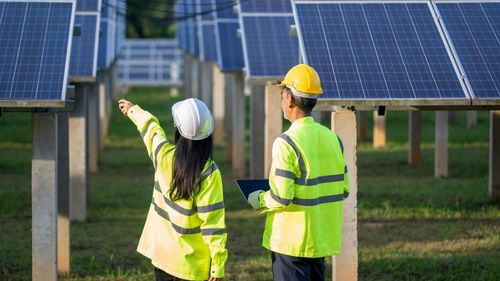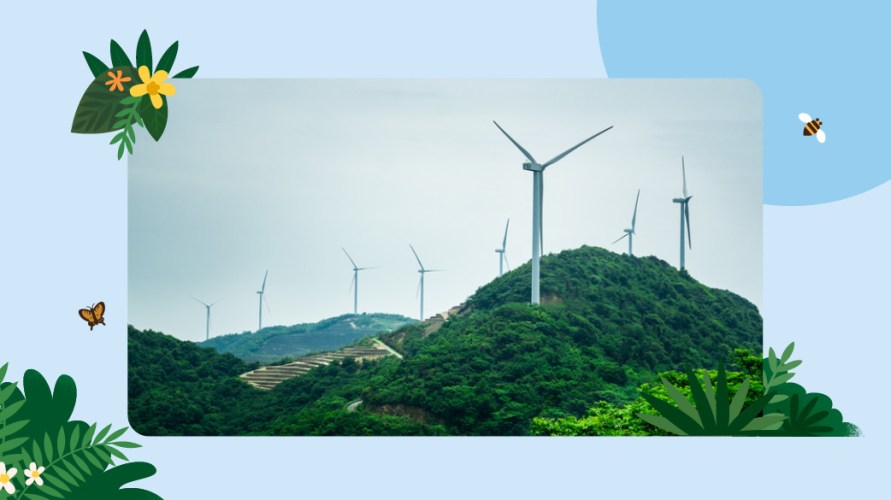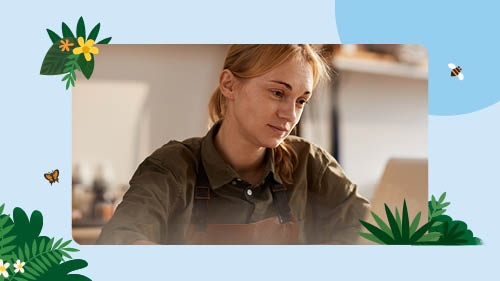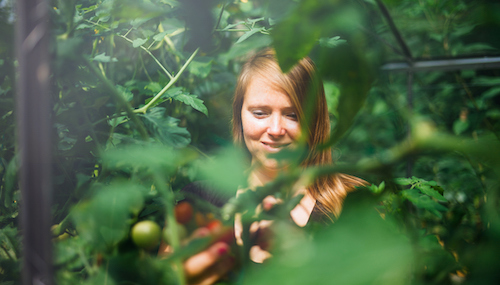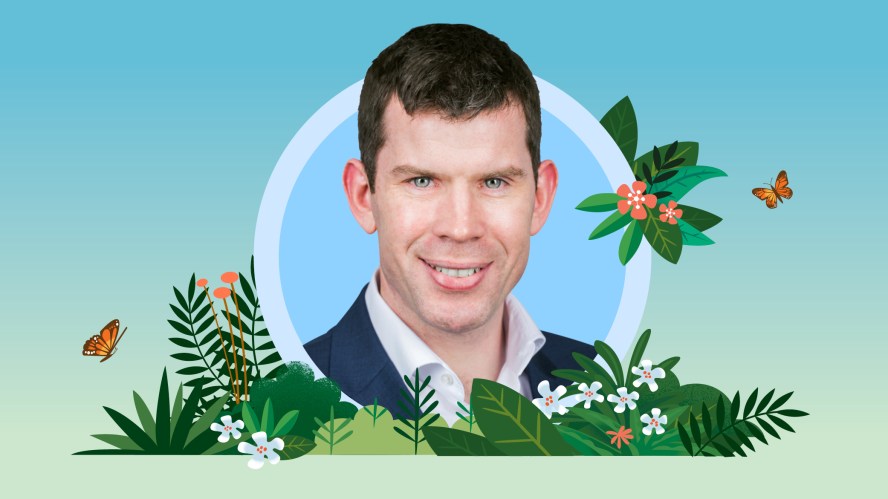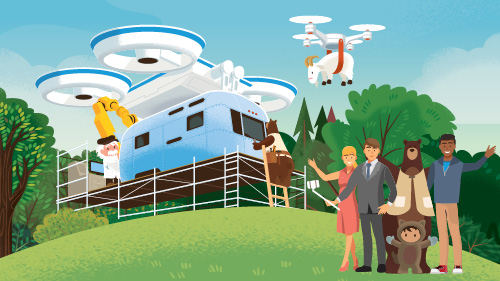4 actions to take now – from day 3 at Dreamforce
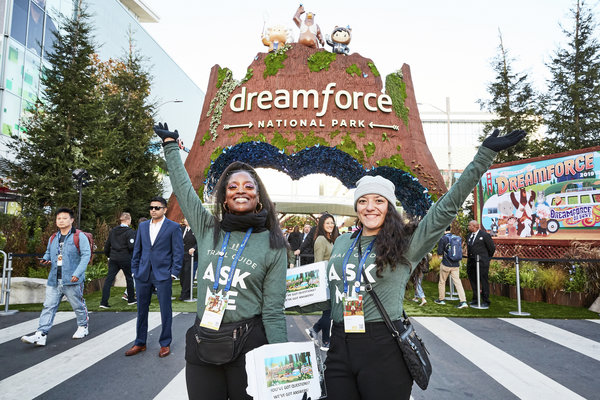


The third day of Dreamforce 19 focused on using business as a platform for change – across equality, sustainability, and climate.
Salesforce Staff
The third day of Dreamforce 19 focused on using business as a platform for change – across equality, sustainability, and climate. Take a look at the biggest takeaways from day three:
1. Invite people in
The ability to relate to people in powerful positions can be a game changer for people who have typically been underrepresented in the C-suite. The business case for diversity is clear, but the human case for lack of diversity is devastating. As Deloitte Principal Tonie Leatherberry put it, “Anytime we aren’t investing [in equality], we are losing in GDP.”
Journalist Ellen McGirt of Fortune began the conversation by asking, “How can we make sure everyone has a shot?”, prompting a lively conversation with Leatherberry, as well as Chairman and CEO of Adtalem Global Education Lisa Wardell, and CEO of United Airlines Oscar Munoz.
The panellists shared stories of how they got their shot, how someone gave them a chance to help break the glass ceiling. Their experiences reaffirmed the power of mentorship and sponsorship.
Munoz reaffirmed the importance of offering others the same opportunities and challenged the audience.
Throughout the course of your life, someone is going to care for you,” he said, arguing that it’s up to each of us to help others when given the platform to do so.
McGirt asked where talent is being sought, and where it should be sought. “Where is the talent in the pipeline? Are they in these communities that need our help?”
Wardell emphasised the need for reskilling for those in the pipeline. “In financial services, we certify and upskill people since their jobs are changing.”
The key takeaway: notice who’s not in the room and not on the list – invite them in.
2. Reconsider food systems for sustainability
In a discussion about food systems and climate justice, ag-tech journalist Louisa Burwood-Taylor moderated a discussion with restaurateur and Michelin-star chef Dominique Crenn; and food author, columnist and educator Samin Nosrat.
The panel discussed the growing amount of food waste and, while there have been some interesting developments in food technology such as the Impossible Burger and lab-grown meat, they encouraged the audience to look holistically at our food systems.
“Creators and innovators need to look at the entire picture,” said Nosrat. “You can’t solve one problem by creating another.”
In 2017, agriculture was responsible for roughly 9% of greenhouse gas emissions.
Crenn cited the irony in organic food delivery services that use styrofoam containers. If the future of eating requires a systematic approach to sustainability – in which the entire production process matters – then the onus is on innovators to “think of something different”.
3. Demand climate action for the next generation
In the session ‘From Protests to Policy: Youth Demand Climate Action’, youth climate activists sounded out: the climate crisis is something that needs to be addressed – now.
Fourteen-year-old climate activist Alexandria Villaseñor has turned her climate anxiety and “eco-grief” into action. After witnessing the devastating effects and experiencing the terrible air quality from the Paradise fire in Northern California, Villesenor took to conducting climate strikes every Friday in front of the United Nations headquarters in New York.
She attributed reform, awareness, and other successes to young people’s passion and consistency. “Today’s youth are making their voices heard because we’re not stopping. It’s the passion that makes us not stop or give up. It’s also the consistency. We’re going to keep going and make lawmakers hear us.”
Meanwhile, hip hop artist and veteran climate activist Xiuhtezcatl Martinez attributed his activist roots to his upbringing – he’s been a spokesperson of the environmental movement from the age of six.

“It is our responsibility to preserve our cultural ways of life,” he said. “For indigenous people, climate change is viewed as a threat to our cultural survival. For us as human beings, the climate crisis is a threat to our cultural survival. We are all drinking the same water, breathing the same air. We are all indigenous to the earth.”
Martinez shared his pride in how the movement has grown and said that, despite his young age, he sees kids younger than himself who are knowledgeable activists in their own right.
“The movement has evolved exponentially because the crisis has expanded exponentially,” he said. “We’re amidst a generation of people who share their voices on the streets, in their art forms, and in ways we don’t necessarily associate with activism. It’s beautiful to see where we are as a movement.”
4. Be a champion ally for underrepresented communities
Time Magazine Chief People Officer Sue Suh welcomed champions Megan Rapinoe and Ibtihaj Muhammad to the keynote stage to discuss using their platforms to promote equality. Both Rapinoe and Muhammad use their elevated visibility to demonstrate what it means to be an ally – each through their respective clothing brands.

Muhammad – the first woman to win a Olympic gold medal (in fencing) in a hijab – struggled to find athletic wear that was modest and aligned with her religious beliefs. Wearing her fencing uniform was the first time she felt like part of a team and not singled out. “I wanted to be part of the answer,” said Muhammad, who started the clothing line Louella to offer easy-to-wear pieces for Muslim women.
Similarly, Rapinoe, captain of the World Cup and Olympic-winning U.S. women’s soccer team felt the clothes she preferred to wear didn’t quite fit.
“We never felt fully represented,” she said. “It was always through someone else’s lens.”
Inclusivity starts with asking questions of others. “People say you can’t understand someone else’s perspective,” said Rapinoe. “You can just ask them.”
Catch up! Stream a selection of the day’s sessions at Salesforce Live.










